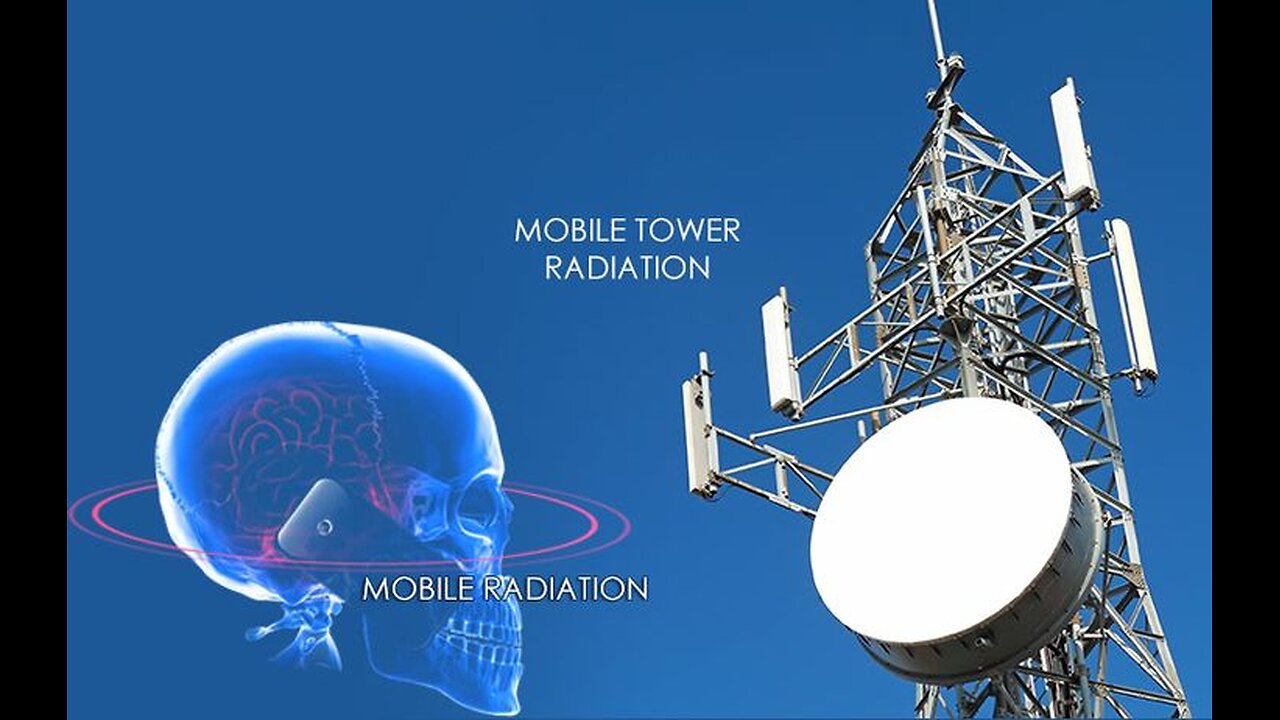Premium Only Content

Graphene Oxide is Turning Us Into Human Cell Towers
Graphene Oxide is causing us to become Human Cell Towers
Imagine a world where your body isn’t just flesh and blood—it’s an antenna, quietly humming with signals you can’t see, transmitting data you never agreed to share. Sounds like the opening to a sci-fi movie, right? But for some, this isn’t fiction—it’s a chilling reality they believe is unfolding right now, thanks to a shadowy material called graphene oxide.
Graphene oxide, the superstar of modern science, hailed for its miraculous conductivity and versatility, is now the center of a conspiracy storm. Some claim it’s no longer confined to labs and high-tech gadgets—it’s allegedly in us, coursing through our veins, turning humans into living, breathing cell towers. They say every heartbeat sends out a signal, every movement amplifies a frequency, and every thought… well, who knows what’s being broadcast next?
The theory spins like this: graphene oxide, with its unparalleled ability to interact with electromagnetic fields, is somehow being introduced into our bodies—through vaccines, food, air, or even water. Once inside, this wonder material supposedly integrates into our biology, hijacking our natural systems and syncing us up with a vast, invisible network. Suddenly, the human race isn’t just connected through devices—we are the devices.
Of course, science insists this idea is nothing more than dystopian fantasy. Graphene oxide, though revolutionary in fields like medicine and energy storage, doesn’t magically transform humans into transmitters. But the story persists, fueled by whispers of secret agendas, 5G networks, and a growing distrust of technology and authority.
It’s the kind of theory that taps into deep-seated fears—the fear of losing control over our bodies, our autonomy, our very humanity. Because let’s be real: whether it’s graphene oxide or something else, the thought of being reduced to a cog in the great machine is enough to send shivers down anyone’s spine.
For now, we remain human. But in the age of endless innovation, one can’t help but wonder: how far are we willing to go before the line between man and machine dissolves entirely?
-
 10:11
10:11
The Real Raw News
2 days agoALEX JONES WAS RIGHT AGAIN!!!
939 -
 LIVE
LIVE
cosmicvandenim
6 hours agoWARZONE - Kenetik Energy Announcement - Discord Spy Bots
75 watching -
 1:05:51
1:05:51
Jeff Ahern
3 hours ago $16.99 earnedThe Saturday Show with Jeff Ahern
93.6K11 -
 LIVE
LIVE
Misfit Electronic Gaming
1 hour ago"LIVE" RUMBLE HALO Spartans "Halo MCC" 23 Followers to go till we hit !000 RUMBLE TAKEOVER
15 watching -
 1:57:13
1:57:13
Film Threat
5 hours agoLIVE FROM SAN DIEGO COMIC-CON! (Saturday) | Film Threat Live
12.6K -
 31:40
31:40
Tactical Advisor
3 hours agoEveryone Talks About This AR15 Being The Best? | Vault Room Live Stream 034
59.5K4 -
 1:08:53
1:08:53
Michael Franzese
17 hours agoHollywood Deaths & Political Secrets: A Nation at a Crossroads?
152K97 -
 9:27
9:27
MattMorseTV
1 day ago $16.07 earnedHe just lost EVERYTHING.
64.1K78 -
 1:40:30
1:40:30
I_Came_With_Fire_Podcast
16 hours agoPrivate Military Contractors Are TRAFFICKING KIDS Around The United States
40.8K26 -
 LIVE
LIVE
JdaDelete
17 hours ago $4.21 earnedFinal Fantasy VII Rebirth | Jdub's Journey Part 8 - Corel Prison
139 watching